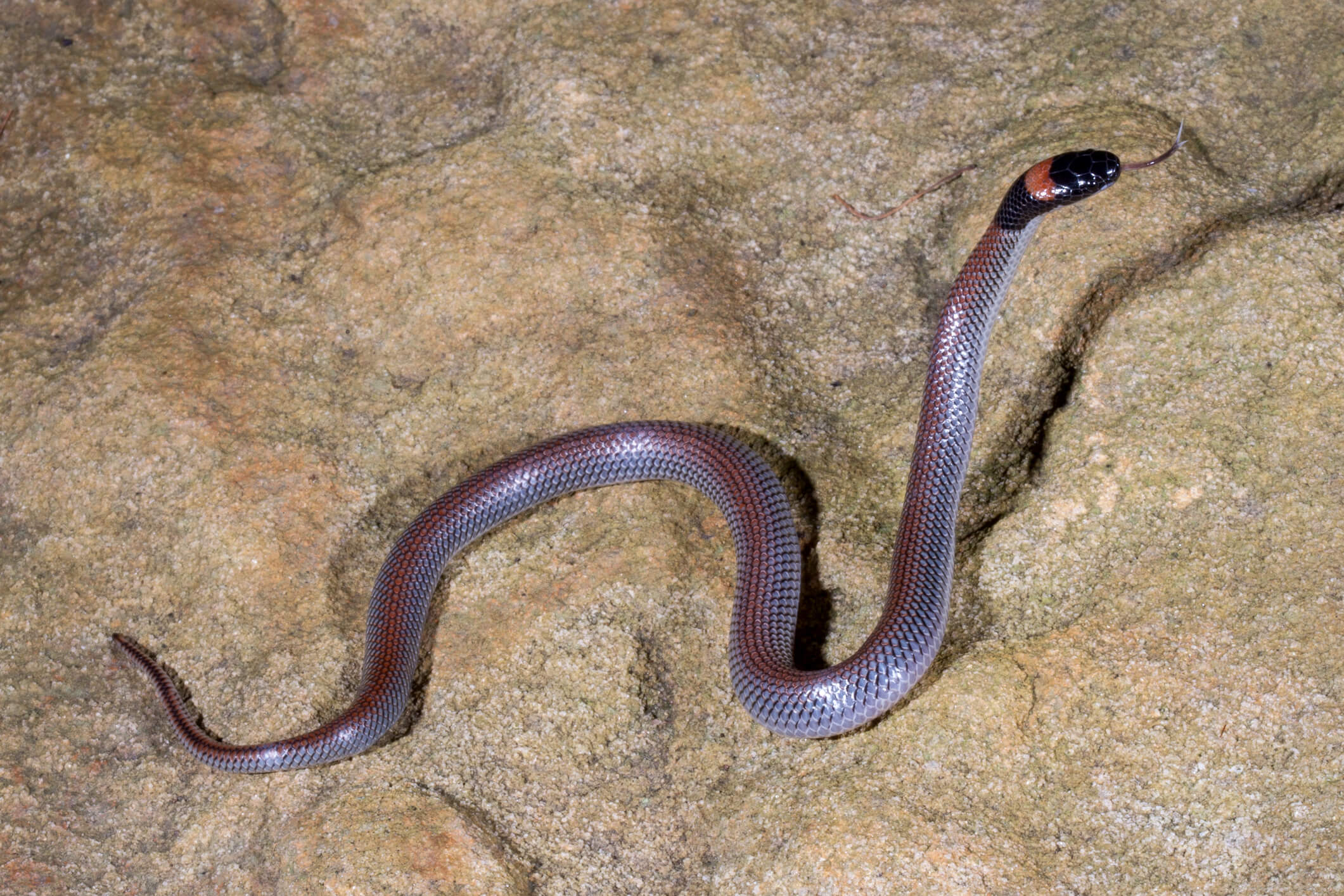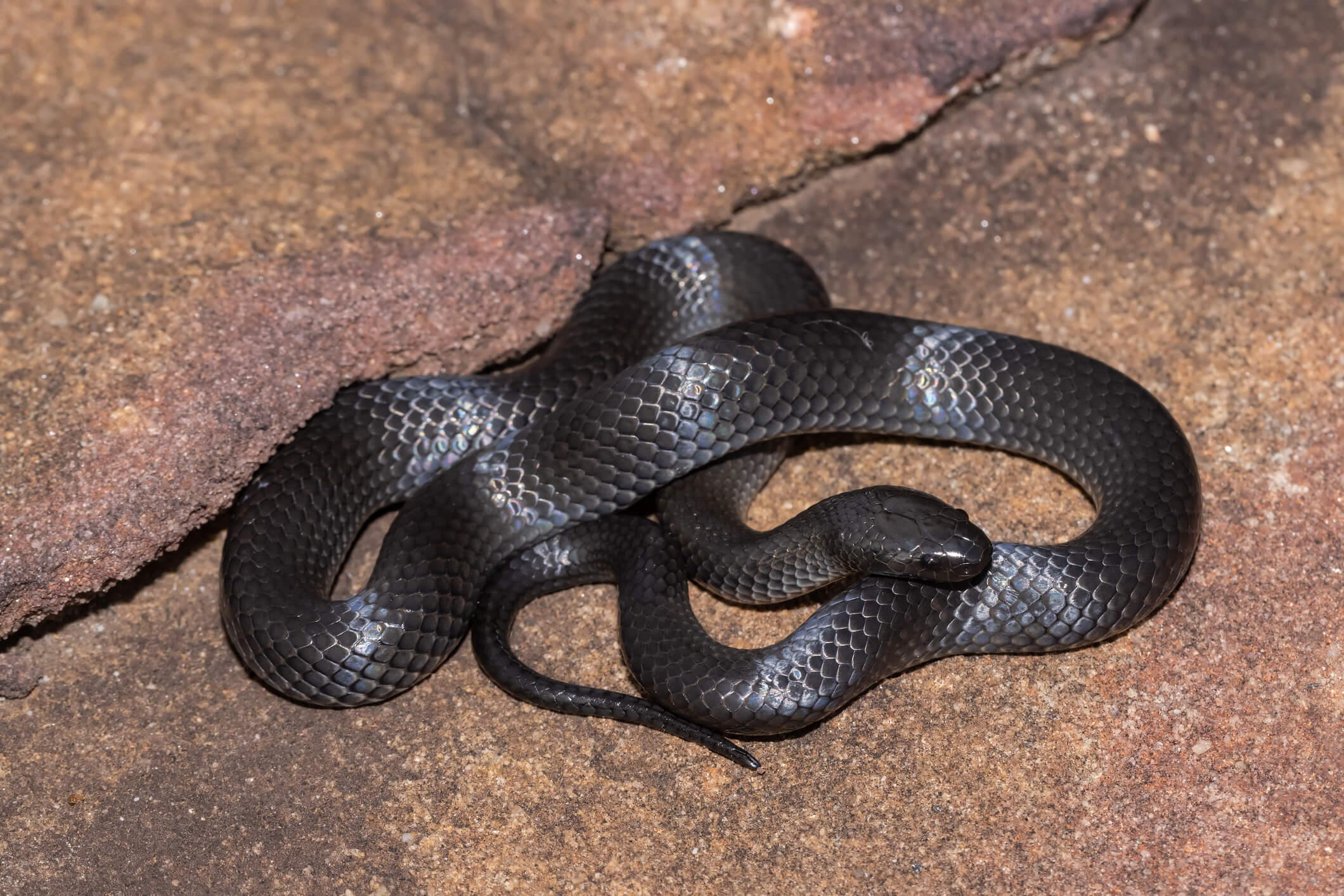Introduction
Australia is home to several of the globe's most poisonous serpents, making it a hotspot for both serpent enthusiasts and those that are cautious regarding venturing into the wild. Amongst these, the King Brown Snake and the Tiger Snake stand apart not just for their toxicity but additionally for their distinct appearances and habitats. In this detailed guide, we delve deep right into the attributes, habits, and first aid procedures related to these two hazardous reptiles. Whether you're a local or a traveler exploring Australia's wilderness, recognizing these snakes can be crucial for your safety.
King Brown Serpents vs. Tiger Snakes: Identifying Australia's Many Hazardous Snakes
When it comes to identifying Australia's a lot of unsafe serpents, it's necessary to differentiate in between the King Brownish Snake (Pseudechis australis) and the Tiger Snake (Notechis scutatus). Both varieties exhibit unique traits that can help in identification and comprehending their habits.
Overview of Australian Snakes
The Diversity of Australian Snakes
Australia boasts over 170 species of land snakes, with many more located in aquatic settings. While only a handful are venomous, understanding of their features is essential for anyone hanging out outdoors.
Common Poisonous Serpent Variety in Australia
- Eastern Brown Snake Tiger Snake King Brownish Snake Taipan Death Adder
Physical Features of King Brown Snakes
Appearance and Size
The King Brown Snake is renowned for its excellent size, typically getting to sizes up to 3 meters (10 feet). Its pigmentation varies from gold brownish to dark chocolate tones, which enables it to mix effortlessly into its environment.
Behavioral Traits
These snakes are known for their aggressive nature when threatened. They often tend to be extra energetic throughout warmer months and can commonly be seen indulging in the sun.
Physical Characteristics of Tiger Snakes
Distinctive Markings
The Tiger Snake obtains its name from the tiger-like stripes that decorate its body. Varying from yellowish-brown to dark olive or black, these stripes can vary substantially amongst individuals.
Size Variation
Typically smaller sized than King Browns, Tiger Snakes grow up to 1.5 meters (5 feet) long yet can still posture considerable hazards because of their powerful venom.
Geographical Distribution: Where Are They Found?
King Brownish Serpent Habitat
Primarily discovered across northern and eastern Australia, King Browns occupy a selection of settings varying from forests to metropolitan areas where they look for sanctuary under debris or rocks.
Tiger Serpent Habitat
Tiger Serpents favor coastal regions and marshes; they are commonly found near estuaries, swamps, and even verdant fields adjacent to water bodies.
Are Tiger Snakes Venomous? Recognizing Their Toxicity
Yes! The Tiger Snake is very poisonous. Its bite can bring about serious signs such as paralysis and even death if left neglected. The effectiveness of its venom makes it among Australia's deadliest snakes.
Are King Brown Snakes Poisonous? An Assessment of Their Venom
The King Brown Snake's poison has neurotoxins that affect the nerves, resulting in possibly fatal end results if clinical treatment is not looked for immediately.
Identifying These Hazardous Snakes: Trick Differences
Coloration Patterns
- King Brown: Solid shades with variations. Tiger Snake: Unique striped patterns resembling a tiger's fur.
Size Comparison
- King Brown: Longer; can reach up to 3 meters. Tiger Snake: Normally much shorter; max size around 1.5 meters.
Behavior: Exactly how Do They React When Threatened?
Both snakes show defensive actions; nonetheless:

- The King Brown tends to strike even more aggressively. The Tiger Snake may pull away however will certainly safeguard itself if cornered.
Habitat Preferences: Exploring Their Environments Further
Understanding where these snakes prosper helps in staying clear of encounters:
- King Browns support drier regions with sufficient cover. Tiger Snakes prosper near water resources where food is plentiful.
First Aid for a Snake Bite: What You Need To Know?
In situation of a serpent bite, punctual action is crucial:
Remain as calm as possible. Immobilize the affected limb. Seek medical interest immediately. Avoid using ice or cutting the wound.First Help Sets for Snake Bites
Creating a well-stocked first aid set can conserve lives:
- Elastic bandages Pain alleviation medicine Antiseptic wipes Emergency call information
What to Do If Attacked by a King Brown or Tiger Snake?
If bitten by either snake:
Call emergency services immediately. Keep the victim calm; movement increases poison spread. Apply pressure bandages above the bite site without removing circulation. Do NOT effort suctioning out poison or applying ice packs.Common Misconceptions Concerning Australian Snakes
Misunderstandings abound regarding these creatures:
- Many believe all serpents are hostile; nonetheless, most favor trip over fight.
FAQs About King Browns and Tiger Snakes
1. What Should I Do If I See a King Brown or Tiger Snake?
Remain still; allow it room to relocate away prior to meticulously leaving the location yourself.

2. How Can I Identify An Infant Tiger Snake?
Baby tiger serpents usually display comparable stripes as adults yet are significantly smaller-- Informative post generally around 30 cm (12 inches) long at birth.
3. What Are Common Signs And Symptoms After A Bite?
Symptoms may consist of swelling at the bite site, juvenile dugite snake nausea, trouble Learn more breathing, confusion, or loss of consciousness-- look for instant clinical assistance if experienced.
4. Exists Antivenom Available For These Bites?
Yes! Antivenoms exist for both King Brownes and Tiger Snakes-- punctual medical therapy increases survival rates dramatically.
5. Just How Can I Prevent Encounters With These Snakes?
Avoid high turf when treking and constantly put on boots while in snake-prone locations-- remain alert!

6. Exist Any Kind Of Certain Emergency Treatment Procedures For Each And Every Type?
While basic emergency treatment applies broadly across both kinds of attacks-- certain signs could vary based on each snake's one-of-a-kind venom make-up so constantly err on side caution!
Conclusion
Understanding just how to identify and respond appropriately when experiencing Australia's the majority of hazardous serpents like the King Brown and Tiger Snakes can suggest life or fatality in crucial scenarios. Understanding paired with proper first aid understanding develops an important part of delighting in Australia's diverse all-natural landscape securely. Constantly bear in mind that respect in the direction of wild animals adds significantly in the direction of conservation efforts while guaranteeing our safety stays paramount too!